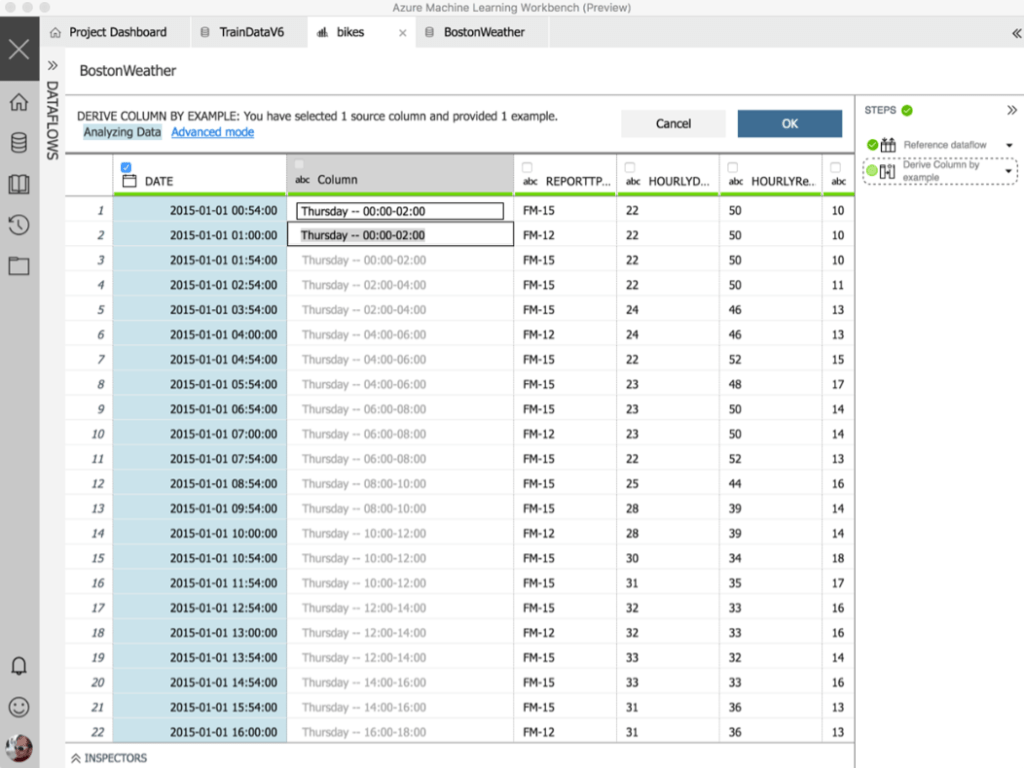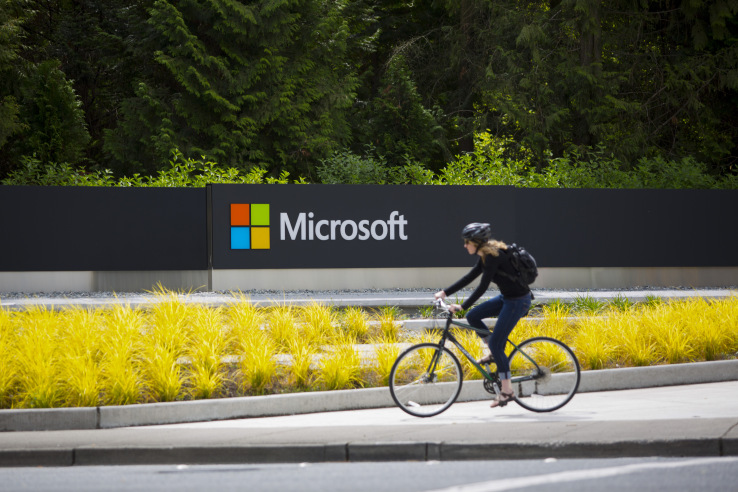Source – techcrunch.com
Microsoft, just like many of its competitors, has gone all in on machine learning. That emphasis is on full display at the company’s Ignite conference this where, where the company today announced a number of new tools for developers who want to build new A.I. models and users who simply want to make use of these pre-existing models — either from their own teams or from Microsoft.
For developers, the company launched three major new tools today: the Azure Machine Learning Experimentation service, the Azure Machine Learning Workbench and the Azure Machine Learning Model Management service.
In addition, Microsoft also launched a new set of tools for developers who want to use its Visual Studio Code IDE for building models with CNTK, TensorFlow, Theano, Keras and Caffe2. And for non-developers, Microsoft is also bringing Azure-based machine learning models to Excel users, who will now be able to call up the AI functions that their company’s data scientists have created right from their spreadsheets.

The Experimentation Service is all about helping developers quickly train and deploy machine learning experiments. The service supports all of the usual open source frameworks (PyTorch, Caffe2, TensorFlow, Cahiner and Microsoft’s own CNTK)and can scale from a local machines to hundreds of GPUs in the cloud (thanks to the use of Docker containers and the Azure Batch AI Training service). The tools also supports Apache Spark on Azure HDInsight clusters. The service keeps track of all the models, configurations and data (using Git repositories) to give developers full versioning for their experiments.
The Machine Learning Workbench is a desktop client for Windows and Mac (and yes, in this brave new world, Mac apps from Microsoft really aren’t a big deal anymore) that, in Microsoft’s words, is meant to be the “control panel for your development lifecycle and a great way to get started using machine learning.” It features integrations with Jupyter Notebooks and IDEs like Visual Studio Code and PyCharm and allows developers to build models in Python, PySpak and Scala.
As Microsoft’s Joseph Sirosh notes in today’s announcement, the most interesting feature here, though, may just be the tool’s ability to automatically transform your data so that the machine learning algorithms can work with it.
Like the Experimentation Service, the new Model Management service uses Docker containers to help developers and data scientists to deploy and manage their models to virtually anywhere a Docker container can run (including Microsoft’s own Kubernetes-based Azure Container Service).
The main takeaway from these announcements is that Microsoft continues to expand its toolbox for developers who want to build machine-learning based applications — both for their internal and external customers. What’s especially nice to see here is that these tools support a wide variety of non-Microsoft frameworks. A few years ago, that probably wouldn’t have been the company’s approach, but every one of these frameworks has its own advantages and disadvantages and thankfully Microsoft has understood that its focus shouldn’t be on excluding some frameworks but to offer a platform that supports all of them. The money here isn’t in offering open source frameworks, after all, but in providing the cloud services that developers will want to use to train, deploy and manage them.
